Polestar has begun publishing the full details of the impact from its electric vehicles upon the climate, the Swedish electric vehicle brand said in a statement. The company aims to do this by publishing figures to that effect, with the process beginning from the point the vehicles leave the production line.
The electrified vehicle brand that spun off from Volvo aims to “generate change in an industry that has struggled in recent years to convince consumers of its sustainability credentials”, and hope that other manufacturers will follow its lead in releasing their own figures for vehicles’ total environmental impact.
“Car manufacturers have not been clear in the past with consumers on the environmental impact of their products. That’s not good enough. We need to be honest, even if it makes for uncomfortable reading,” said Polestar CEO homas Ingenlath.
The Swedish electrified vehicle brand’s analysis has found that while the Polestar 2 produces a larger carbon footprint than an internal combustion Volvo XC40 in the manufacturing phase, it is surpassed by the ICE Volvo in carbon footprint after mileage of 50,000 km has been clocked. This is measured in terms of CO2e, or carbon dioxide equivalents.
By comparison, further CO2e emissions from the Polestar 2 are negligible if charged with green energy, says Polestar. The aforementioned 50,000 km ‘break even’ point, as termed by Polestar where the ICE car overtakes the EV in carbon footprint, however, is assuming the Polestar 2 measured is being powered by entirely renewable wind power throughout the duration of usage.
There are two more tiers of energy usage described by Polestar’s report on the Polestar 2’s carbon footprint. if a European power mix – noted by Autocar as the average European electricity source mix across 28 countries – is used, then the distance the Polestar 2 needs to travel before its carbon footprint breaks even against that of the ICE XC40 increases to 78,000 km.
The break-even point gets pushed even further to 112,000 km when the Polestar 2’s carbon footprint is measured as using the global average power source mix, before the EV’s carbon footprint becomes smaller than that of the internal combustion Volvo XC40. For the purpose of this study, the vehicle lifetime driving distance for the Polestar is assumed to be 200,000 km, the company stated.
The manufacture of a Polestar 2 creates 24 tonnes of CO2e, compared to 14 tonnes of CO2e involved in the manufacture of one ICE Volvo XC40. The greater CO2 emissions involved have been mostly attributed to the production of the EV’s battery pack.
Over the usage lifetime of 200,000 km, the petrol-powered XC40 (rated at 163 g/km of CO2 emissions) releases another 41 tonnes of CO2 through the use of fossil fuels. Over this length of usage, the Polestar 2 run on wind power has just half the carbon footprint of the ICE XC40, said Polestar.
That said, only the CO2 components is assessed as part of the tailpipe emissions for internal combustion-engined vehicles, while methane and nitrous oxide emissions are not included as part of the Life Cycle Assessment (LCA). This could indicate how clean modern petrol engines have become, in terms of minimising pollution.
“Methane and nitrous oxide contribute to only a minor fraction of total tailpipe greenhouse gas (GHG) emissions from a petrol vehicle, and the exclusion of these emissions is not considered to influence the conclusions of the study,” Polestar said in its LCA report of the Polestar 2.
Beyond the life cycle assessment of CO2 emissions, Polestar also noted that ethical battery production is key minimising pollution. “We work hard to ensure that the minerals we use in our batteries are mined responsibly, paying full respect to human rights and creating minimal pollution,” it said.
One issue faced by consumers in their quest to compare the climate impact of different cars is that there is a range of different calculations used by various manufacturers, says Polestar, who hopes that other manufacturers will open up and share in greater detail the environmental impact from the production of electric vehicles.
GALLERY: Polestar 2 in Frankfurt
Looking to sell your car? Sell it with Carro.

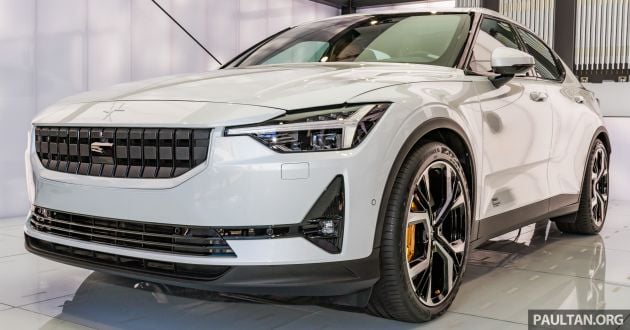
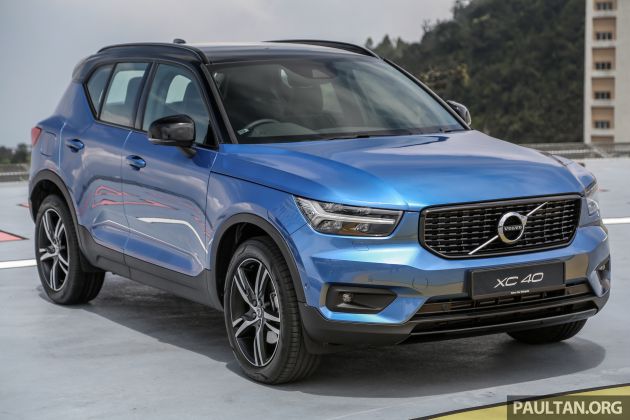
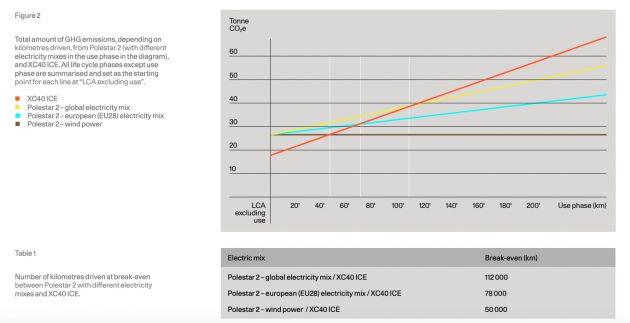
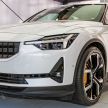


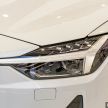




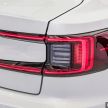
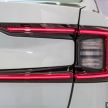
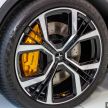
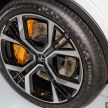
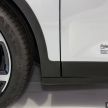

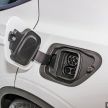
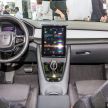
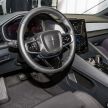
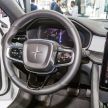
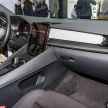







“is being powered by entirely renewable wind power throughout the duration of usage.”
There is no country in the world which is using “entirely renewable wind power”?
So they can mention as well that the ‘break even point’ would be 200km IF the car would be entirely powered by magic power out of nowhere?
The research also fails to take into account of battery replacement. On average, 7 years. So, EV are crap at the moment.
[By comparison, further CO2e emissions from the Polestar 2 are negligible if charged with green energy, says Polestar]
See the catch, “green energy”? So far only developed countries could afford such luxuries while countries like ours are still reliant on fossil fuel to power our electricity network. Introducing EV cars here will simply increase existing pollution rather than helping to reduce. We’re better off not having EV cars at the moment.
Not necessary for the developed advanced counties only. Malaysia also can improve on its CO2 emissions by gradually improve its grid to renewable sources like solar panels. We do have lots of EV owners do use their own roof solar panels to charge their EV constantly in Malaysia where the sun is abandon. Just because you didn’t see or hear it doesn’t mean it doesn’t exist in Malaysia. Need to look further and wider.
On the overall scheme of things, our percentage of electricity output via renewables are far lower than developed countries, this taking into account before EV car utilisation. We aren’t yet rich enough to fully harness solar energy as the system is expensive and the ROI is a matter of 20 years for us, maybe for developed countries it is only as little as 8-10 years in comparison.
With that said there is little reasons for local players in getting into renewables enthusiastically. Rather we are still building gas-powered electric generation plants, so that tells you where is our current heading for electricity generation.
This is 1 of the most satisfying read in quite some time here. Congratulations paultan.org! Looking forward for more geeky articles like this in the future!
clearly what this mean is
current EV is not any cleaner than ICE car. only good for those that like to feels good themselves as if they are doing part saving the planet.
where the hell got countries run entirely on wind power…even mixed source energy also need much longer breakeven to catch ICE.
and this haven’t include the all the heavy and rare toxic material needed to produce the battery.
also importantly the toxic waste generated during disposal
more efficient ICE is future
Obviously you don’t get what the report mean. Your focus is “IT’S NOT THAT CLEAN TO DRIVE AN EV” win over everything in your head after a few sentences.
The article is to inform and educate us to look at it as “LONG TERM BENEFITS”. The car wouldn’t stop working after 112k km nor it need to replace the battery. What this report mean is EV still cleaner to use from now and will be even cleaner in the future due to improve on battery technology. As for fossil fuel car it’s a dead end for the technology due to its physically can’t be improve anymore just like the horse cart/carriage era.
yeah maybe in another 10years EV would be really CLEANer than ICE. not now
by CLEAN is not just in term of CO2 production from electricity
but also the mining and production of rare earth metal (cobalt, lithium, zinc, manganese etc) that is key ingredients for the battery.
havent talk bout the disposal of battery yet
Comment section summary:
“EV is and will always be not cleaner than fossil powered cars and I refuse to believe otherwise. We should focus on bashing EV rather than focusing on our environmental policy”